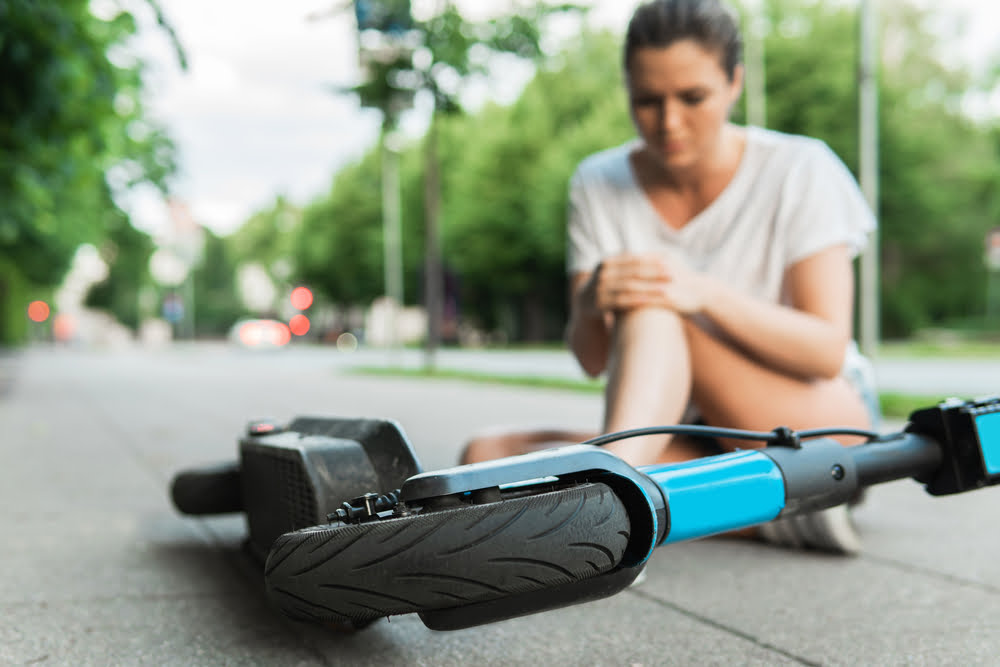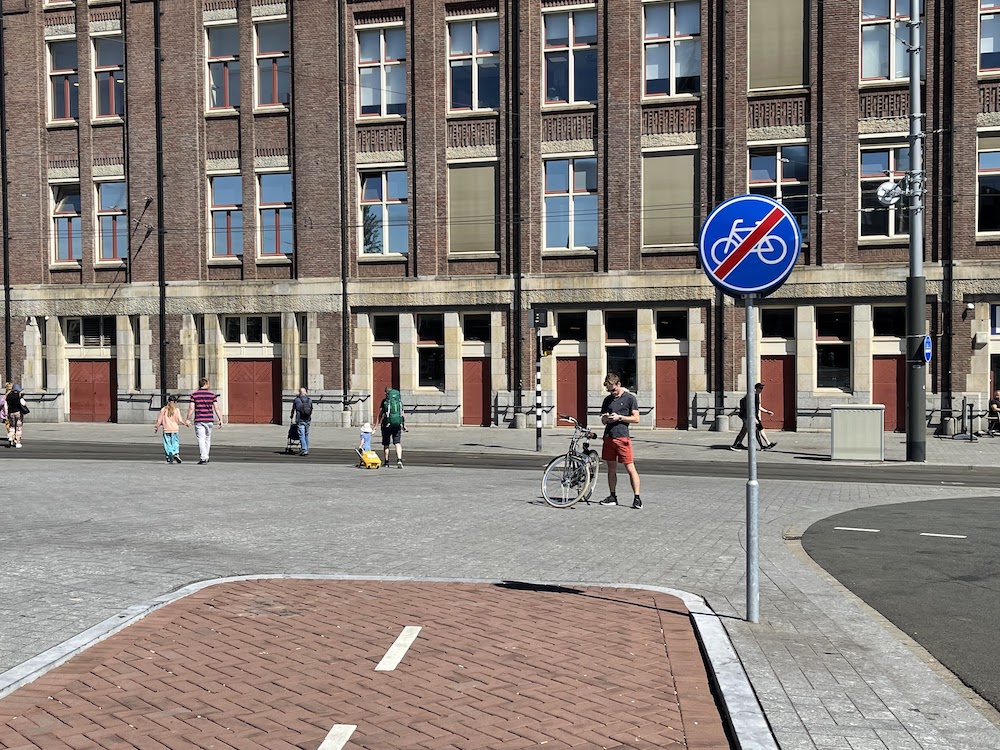Listening to road users and anticipating traffic trends are the keys to achieving Vision Zero.
Increasing aggression and individualization among motorists, traffic psychologist Matthijs Dicke warns that Dutch roads are gradually reaching their limits in terms of safety. According to Dicke, who works at mobility consultancy Goudappel, the greatest responsibility lies with motorists themselves, who in inner cities adopt the aggressive driving behavior that has become the norm on overcrowded highways.
Goudappel's Dicke breaks down his observations of changing traffic behavior into one blog on Cyclomedia. He identifies two central trends. The first is the increasing volume of traffic, which makes safe entry and exit on highways less and less a given. “You have to claim your place,” he notes. The second trend is increasing individualization in society, a phenomenon that has been further reinforced by the Covid-19 crisis.
dark side
At a time when sustainability and health are high on the agenda, the Netherlands encourages the use of alternative means of transport such as e-bikes. However, this development comes with an unexpectedly dark side: a rising number of cycling fatalities, especially among seniors. “We are in a serious split,” warns the traffic psychologist. “The health gain is offset by the fact that a certain group becomes a victim.”
It appears that especially elderly people over the age of 75 who switch to electric bicycles find themselves in a dangerous situation. Despite their physical limitations, the electric motor makes it possible for them to continue cycling. But what is often overlooked is that this group faces limits not only physically but also cognitively. The result? More frequent mistakes, falls and serious injuries.

But it's not just seniors who are causing problems. Newer forms of mobility such as e-scooters and e-skateboards attract a younger audience that is often careless. "This mainly concerns road users who get themselves into trouble, not others," Dicke explains. This reckless behavior leads to accidents that could easily have been prevented.
Worryingly, the police stated in a recent report that people are more likely to refuse to cooperate with alcohol checks. Offenses such as driving without a driver's license or with a mobile phone in hand are becoming increasingly normal. Some road users, for example returning from a festival, are even convinced that a mix of cocaine and alcohol benefits their driving behavior.
Dicke is clear: “Awareness campaigns are useful, but they have their limits. The group that does not care about the rules, and which in fact poses the greatest risk, often remains inaccessible. For these people it is necessary to tighten enforcement.”
ambition
Against this backdrop, local governments worldwide have set themselves a noble goal: Vision Zero. The ambition is to have no more fatal traffic accidents by 2050. This at a time when mobility and road safety are changing rapidly due to the introduction of new forms of transport, such as shared rides and electric cars. Cyclists are also increasingly asking for a safe place in this complex traffic landscape.

Cyclomedia, which maps road infrastructure in great detail, is at the forefront of developments in road safety in Europe. Not only are they a pioneer in digital visualization of public spaces, but they also collect valuable data that helps professionals improve cities on various fronts. They specialize in advanced mobile mapping systems, targeting densely populated urban areas in Europe and North America. This data offers governments and companies the opportunity to make cities greener, more accessible, smarter and ultimately safer.
“More specifically, we have partnered with independent research firm Multiscope to focus on the perception of safety among residents of some of Europe's major cities.”
Serge Lupas - CEO Cyclomedia
second edition
In the second edition of the study on road safety in Europe, it states Cyclomedia report that road safety is more than rules. It's time for a new city design. Cities and traffic are constantly moving. Improving road safety and creating better understanding requires more than just rules such as wearing a helmet or other traffic solutions. Local governments must adapt cities and roads to take into account factors such as increasing traffic speeds and electric vehicles.
The conclusion is clear: “Our goal should not simply be to avoid, but to actively solve traffic problems. To make streets feel safer, it is important to listen to the people who use the roads: what do they like, what do they need and what do they not appreciate? Collecting useful information allows us to plan cities and roads that are easier to use and more effective. If we design traffic systems based on what users want and what is safe, we can create a safer environment and strive for Vision Zero in the coming decades.”
Urban Road Safety
According to the Urban Road Safety Index shows that most people generally feel safe in European cities. However, the rankings have undergone notable shifts. Tallinn and Oslo, cities not often in the spotlight for such achievements, now top the list as the safest metropolises. At the other end of the spectrum, most people in Istanbul, Rome and Milan feel unsafe rather than safe in their own city.
Compared to last year's Urban Road Safety Index, Amsterdam, Vienna, Stockholm and Berlin perform less well. The newcomer to the list, Tallinn, takes the top spot this year, while cities such as Paris, Budapest, Oslo and Copenhagen show an improvement compared to last year.



